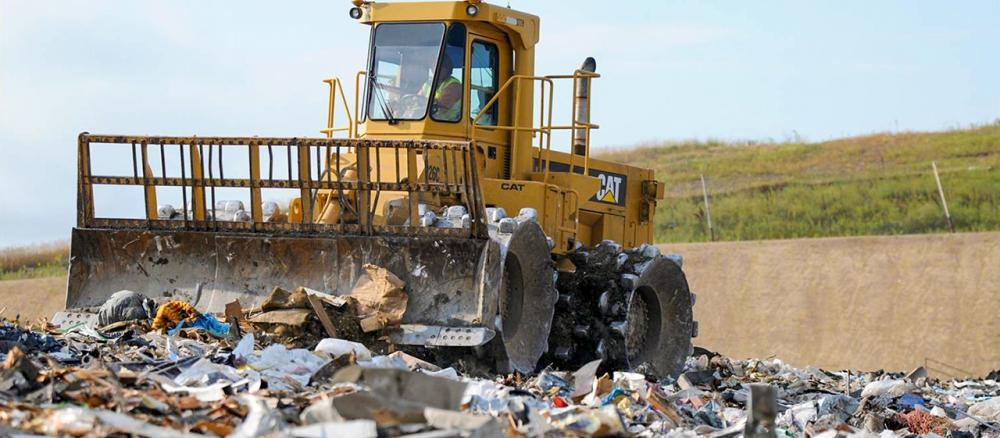Each year, nearly 3.3 million tons of waste are generated in the seven-county metro area. But the amount of garbage going into metro landfills increased by more than 30 percent in just the past year. At the current rate, Twin Cities’ landfills will quickly run out of space, which could cause disruptions to community waste pick-up.
In addition, Minnesota has not yet reached its goal of recycling 75 percent of its waste and the states capacity for processing organic waste is stagnating.
However, the Minnesota Pollution Control Agency (MPCA) is working on both short and long-term solutions to the growing waste problems in the Twin Cities metropolitan area.
Metropolitan Solid Waste Management Policy Plan
Every six years, the MPCA works with local governments, businesses, and community partners to develop a solid waste management plan for the seven-county metro area. A new 18-month process will soon kick off, and end in December of 2022 with a plan adopted by the MPCA commissioner. This is a critical opportunity for the region to collaborate on innovative and sustainable short- and long-term solutions to our solid waste challenges, ranging from addressing the current landfill-capacity crunch to meeting our goal to recycle 75% of our waste and boosting capacity for organics.
The MPCA held two public meetings to gather public input on solid waste issues, which will inform the initial draft of the policy plan. The agency will share its draft plan for additional public feedback and input in the coming months. Learn more: Solid waste planning
Metro Certificate of Need
As the amount of trash going to Twin Cities' landfills rose sharply last year, the MPCA started the Certificate of Need process so waste facilities could seek approval for additional capacity. Earlier this year, four metro facilities applied for expansion:
- Dem-Con Landfill (Shakopee)
- Pine Bend Landfill (Inver Grove Heights)
- Rich Valley Landfill (Inver Grove Heights)
- Burnsville Sanitary Landfill (Burnsville)
On June 1, MPCA will share how it proposes to allocate capacity to the four facilities. At a virtual public meeting on June 16, all are welcome to ask questions and comment on the preliminary proposal. The agency will use these comments as it moves forward with the process.
Learn more about the Certificate of Need process.
Burnsville Sanitary Landfill
Waste Management, which owns the Burnsville Sanitary Landfill, is proposing to expand it by nearly 23.6 million cubic yards, which will increase the peak height of the landfill by 262 feet. On June 1, the MPCA will publish a draft supplemental environmental impact statement (DSEIS) on the proposed expansion. The proposed project would modify and shrink the current waste disposal footprint from 216 acres to 204 acres. The expansion would allow the landfill to receive municipal waste for 40 more years.
The DSEIS is a detailed analysis of the key environmental, social, and economic issues that are likely to result from the project. It also examines whether there are alternative project designs or locations that would result in fewer environmental impacts.
The agency will host a virtual public information meeting on June 23 where residents can learn more about the proposed project, ask questions, and offer comments. MPCA will gather public comments for 60 days from the publication of the DSEIS.
Review the DSEIS document on the Environmental review page.
